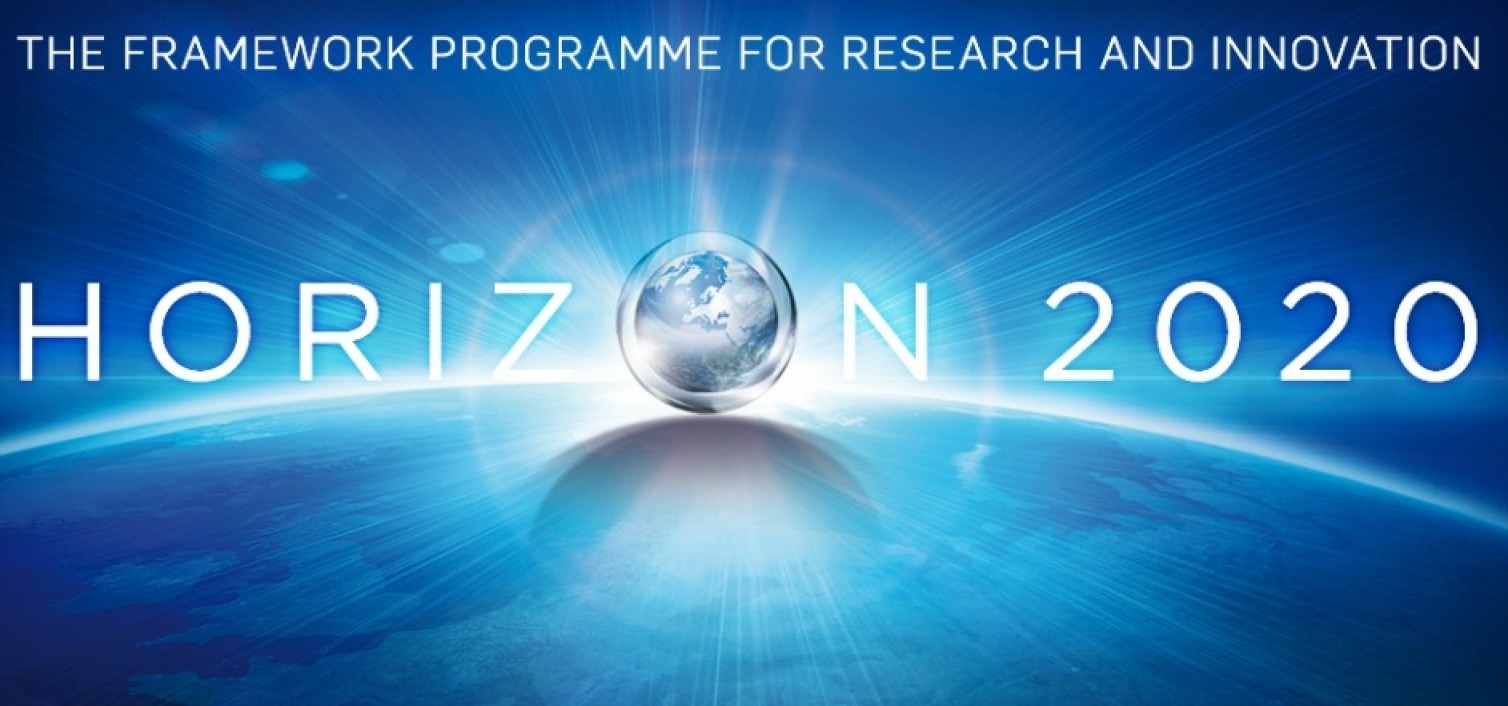Specific Challenge:
Europe is a leader in the development of materials for organic and large area electronics (OLAE) but the materials still need to be improved to maintain this position. In addition, there have been attempts to combine dissimilar manufacturing technologies in order to achieve seamless integration of the new technology into traditional products at constant/lower production cost and in a new generation of smart devices.
Scope:
Activities should include material development and improvement (electrical performance, processability, stability and lifetime during device operation), as well as prototyping of advanced OLAE based electronic products. New materials and process development should cover all of the following:
- Combine materials with high uniformity and with high mobility in industrial quantities with high reproducible quality;
- Improved environmental stability to enable operation in more robust environments and to reduce barrier requirements;
- Seamless integration of the new technology into traditional and new products;
- Advance the TRL of OLAE and enhance its manufacturability including high speed processes for the integration of flexible OLAE components onto flexible substrates;
- Cost reduction for the structuring and processing of organic electronic materials into device structures;
- Demonstration of OLAE-enabled prototypes in selected applications of flexible and wearable electronics.
Activities should start at TRL 3 and achieve TRL 5 at the end of the project.
The Commission considers that proposals requesting a contribution from the EU of between EUR 4 and 5 million would allow this specific challenge to be addressed appropriately. Nonetheless, this does not preclude submission and selection of proposals requesting other amounts.
Expected Impact:
- New products based on the combination of printed and OLAE processed electronics in flexible and wearable electronics;
- Improvement in cost competitiveness, lifetime and processability as well as manufacturing capability for OLAE materials and electronics;
- Improved environmental stability, water vapour transmission rates < 10-6 gm-2 d-1 at 20°C/50% RH and oxygen transmission rates < 10-6 cm3 m-2 d-1 bar-1, of organic electronic materials for products. Improved printable commercial material charge carrier mobility > 5 -10 cm2/Vs;
- Improved business opportunities and value creation in Europe by strengthening cooperation along the value chain as demonstrated by prototypes at TRL 5 that are taken to early-concept market trials with market introduction of new products in 2-4 years after project completion.
Relevant indicators and metrics, with baseline values, should be clearly stated in the proposal.
This topic will be co-funded by LEIT-NMBP and LEIT-ICT, for a total budget of EUR 20 million.
| Types of action: | IA Innovation action | ||
| DeadlineModel: Planned opening date: |
two-stage 16 October 2018 |
Deadline: 2nd stage Deadline: |
22 January 2019 03 September 2019 |
Source: Horizon 2020 – The European Commission
